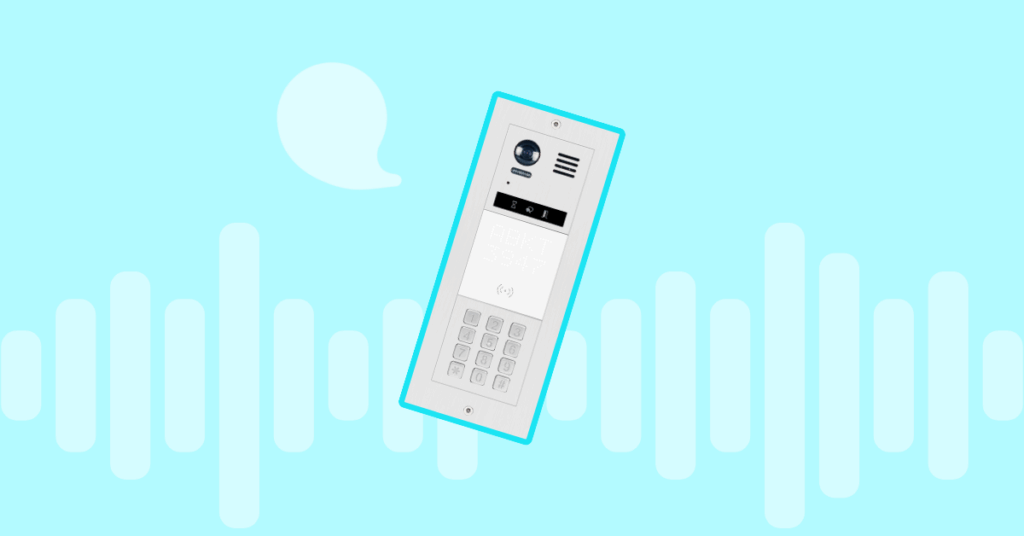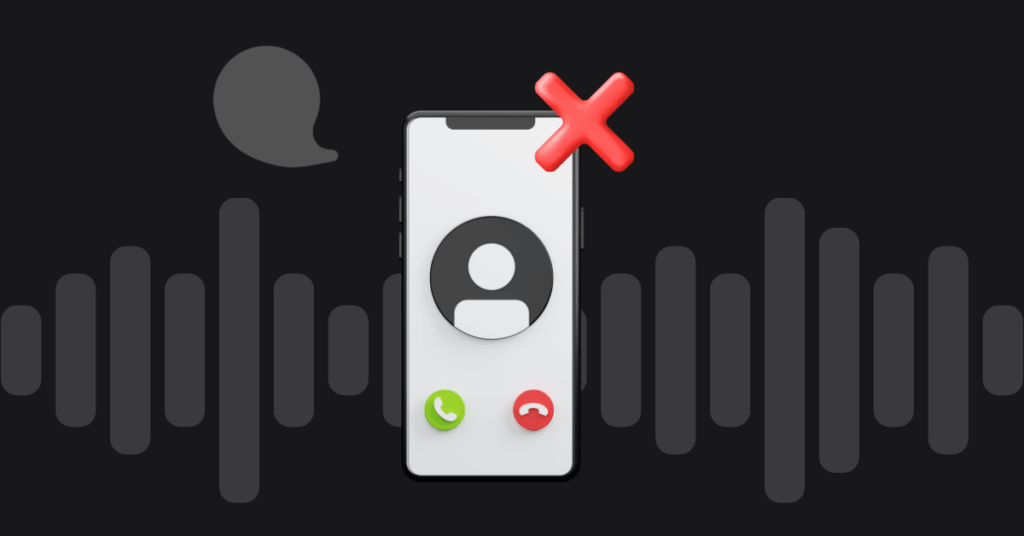
Table of contents
VoIP phone systems are quite commonplace in the enterprise world. Many people are familiar with these systems. Hardly a day goes by without VoIP making the headlines for some reason or the other. The technology is all set to supersede the PSTN over the next decade. Phone carriers have already announced sunset dates for the older network in certain areas. It’s safe to say that VoIP is the standard for the future. But there are still a few things about VoIP that are not common knowledge. Read on to find out seven interesting facts about VoIP.
The first VoIP call was made in 1974
When do you think VoIP technology first arrived on the scene? VoIP started making headlines relatively recently. Although part of the mainstream today, it took a while to get there. So many people think it is quite new when in fact, it’s been around for a while.
In 1974, the first-ever version of VoIP was launched using the US military research network ARPANET. That version transmitted voice data using packets, just like modern VoIP. It means VoIP is actually several decades older than what most people assume.
There are several reasons why it took so long for VoIP to gain traction. For one thing, high-speed internet connections were not common back then. It means the earliest VoIP calls were riddled with bad audio quality, dropped connections, and other issues.
Another reason is that long-distance calling was not essential to businesses 40-50 years ago. Today, even a small business might work with partners and customers in several countries. The demand for inexpensive international calls was one reason for the fast adoption of VoIP.
VoIP calls used to have adverts
Would you believe that the earliest VoIP calls had advertisements before the calls connected? That’s how users paid for VoIP calls back then. Fortunately for us, that business model fell by the wayside as VoIP became popular and available to more people.
As high-speed connections started appearing on the scene, most VIP calls became very inexpensive or free. That, in turn, meant advertising was no longer needed to monetize VoIP calls.
Advertisements on VoIP calls are a bad idea for several reasons. One is that they are very intrusive, especially when people expect privacy around phone calls. They also increase the size of the data packets. It means you need additional bandwidth to transmit calls. Why waste data on unnecessary overhead?
A phone is not a necessity
If you have not used a VoIP phone service, you may not realize that you don’t need a phone to make calls. VoIP technology doesn’t depend on any particular device. You can make and receive calls with computers, smartphones, tablets, and other devices.
Then why do we have so many VoIP desk phones? There are hundreds of models on the market ranging from a low $50 to models that run into thousands of dollars. The reason is simple. Different types of hardware cater to the diverse needs of consumers and businesses.
For example, an individual using VoIP at home may just use their smartphone for the job. They don’t want or need more features. But a contractor or freelancer working from home might appreciate the ability to switch between callers, putting clients on hold, playing hold music, etc. Some of these features are simply easier to use with a desk phone that has buttons.
At the other end of the scale, there are conference audio systems that are meant for meetings and training sessions. They have multiple high-quality microphones and speakers that allow large groups of people to communicate. CEOs and other executives may need bigger screens and better audio when interacting with important clients.
While a phone – expensive or otherwise – isn’t necessary for VoIP, they do serve an important purpose in many circumstances.
VoIP contributed to the increase in overseas call centers
As VoIP systems became popular, they contributed to the rise of outsourcing. This happened mostly in the 1990s. How are the two phenomena related? Outsourcing was possible largely because of two reasons:
VoIP made it possible for contact centers to move overseas. These calls are less expensive than traditional long-distance calls. VoIP was also more efficient at transmitting calls than analog. Businesses could buy local numbers in certain markets and customers would never know their office wasn’t in the UK at all!
Businesses found that they could lower the cost of supporting customers by moving their call centers to other countries. Since labor and VoIP calls were cheap, it made sense from a financial perspective.
A VoIP phone service saves 90% of the costs of international calls
According to recent research, a VoIP phone system can save users 90% of the costs of international calls. That number falls to 40% for local calls but who wants to pay more for any service if they don’t have to?
VoIP can save you money in several ways and not just due to free/cheap calls. Businesses don’t need special equipment to make VoIP calls. They don’t have to purchase software licenses or run their own servers. Thanks to hosted VoIP services delivered online, clients don’t have to own, repair, and maintain their own equipment. You can get started with a business-class VoIP service in less than a day (at most!).
Another reason is that VoIP is flexible and scalable. A business can start small with just a few numbers and lines. You only pay for what you use. Then you can add more resources when you need them. Do you have seasonal demand? Add extra lines just for those few weeks or months. Expanding to new markets? Add resources and hit the ground running with a local number (even if you don’t have an office yet).
VoIP makes it possible for businesses to change, grow, and adapt to different situations, You’re no longer restricted by the availability of resources, financial or otherwise.
Setup costs for a cloud VoIP phone could be 0
Yes, that’s right. How many technologies can you think of that allow businesses or individuals to start using it for no cost at all? VoIP is one such system. The cost of setting up and using VoIP does vary considerably from one company to another. But it is possible to get started with a cloud VoIP phone for exactly zero dollars!
Let’s take a quick look at how you can do this. Consider a startup or small business with a handful of employees. When such a company starts looking for phone service, they are not looking for all the bells and whistles. They probably lack the resources to do so.
Before the advent of VoIP, they would have no choice but to buy a package deal from some legacy carrier. They would have to sign a contract that specified a minimum number of lines, phones, and other resources. Adding features such as voicemail, international calling, and caller ID would cost extra.
But a basic VoIP phone in the cloud will cost them nothing. Even the most basic business plan will offer many features for free. You have the option of paying as you go or buying bundles of minutes in advance. The business only pays for the calls made on the service. There is no hardware to buy or contract to sign. The customer is free to switch providers at any time. It is any surprise that VoIP is the preferred choice for most small business owners?
Most people can’t tell it’s VoIP
In the initial stages of VoIP, it was very easy to tell the difference from analog calls. Compared to landlines, VoIP calls were characterized by poor quality audio, choppy conversations, dropped calls oh, and missing words. It wasn’t a good experience at all. No wonder businesses hesitated to adopt VoIP at all, let alone rely on it.
We have come a long way since those early days. VoIP technology improved and vendors found innovative solutions to long-standing problems. Today, you can hardly tell the difference between a landline and VoIP call. Very few people can detect if they’re talking using VoIP or if the person at the end of the line is using the PSTN. There is simply no way to easily distinguish between VoIP and other calls in most cases.
Most consumers don’t know that VoIP powers many popular services. Did you know Skype is a form of VoIP? The service uses proprietary protocols to deploy their platform but it is VoIP technology. You can also make VoIP calls from most smartphones. You may not even need a separate app for it. Most phone operators have switched to VoIP for their network infrastructure, even if their customers don’t know it. VoIP is everywhere and you can’t always tell if it is!
We hope you have enjoyed our 7 interesting facts about VoIP. Sign up for a 30-day free trial today and join the VoIP world.
More from the blog
Want to improve your business communication?
Unlock enterprise-class call center power at affordable prices – no hardware, no delays, no surprises!






